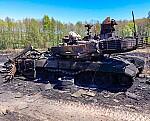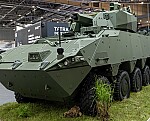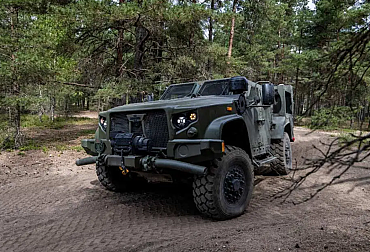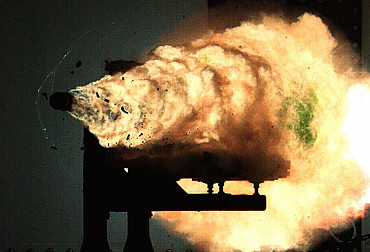The importance of securing Europe's air and missile defence with its own assets is growing
Air and missile defence is one of the key elements of today's battlefield. This is confirmed by the war in Ukraine and the Israeli-Palestinian conflict, for which the United States is moving more assets of this kind into the region. Not only in this context, but also because of a possible armed conflict with China, the USA is then facing a critical shortage of american air defence capabilities in Europe.
In 2017, the Center for New American Security released a study that examines a possible Chinese preemptive strike against U.S. bases in Japan and the related effectiveness of U.S. air and missile defenses on those bases. Using two different methods of simulating missile strikes, the study ultimately found that the then-current missile and air defenses of U.S. bases in Japan were inadequate, in some cases even allowing all enemy missiles to penetrate the bases. It should be added at this point that the study also included Japanese air and missile defense assets as part of the defense.
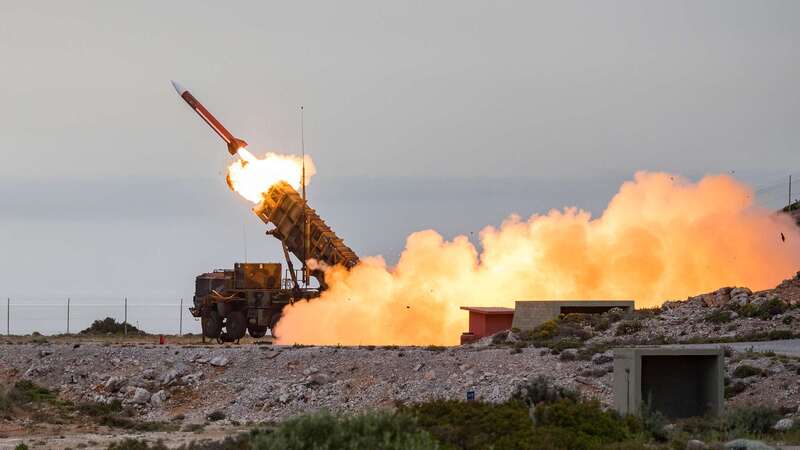
The study showed that most of the ships located in the ports would have been damaged. In addition, damage to command and logistics centers would be noted, and more than 200 U.S. aircraft of all categories would be destroyed as a result of damage to airfields. The authors of the study subsequently simulated the addition of two ships equipped with missile defense systems, five separate THAAD batteries, and an unspecified number of Patriot PAC-3 systems when these air defense systems were placed at Sasebo and Iwakuni bases. In addition, the deployment tactics of the Patriot systems were modified in the second simulation so that the Patriot system fired only one cruise missile of its own against each enemy missile (not two, as in the original simulation). The results of this simulation showed that the addition of these systems would result in significantly less damage to all bases except Kadena, Okinawa. In total, 720 Chinese ballistic and cruise missiles were counted in the simulation of an enemy missile strike.
Although the study is now six years old, its main message is still relevant. Moreover, it is also relevant in the context of the Israeli-Palestinian conflict and its possible spread to other Middle Eastern states. It is in connection with this conflict that the US armed forces have sent two Patriot battalions to the region. The US armed forces have a total of 17 battalions of this system (one battalion consists of 3-5 batteries, where each battery can have up to 8 launchers), but two of them are for training purposes and are therefore not available. At least four battalions are then deployed in Europe and Asia. To this should be added the two battalions already mentioned, recently deployed in the Middle East. Thus, only 9 Patriot battalions are ultimately ready for possible further deployment in the US or elsewhere. A similar situation arises with the THAAD system. The United States has decided to deploy one battery of this system in the Middle East, one battery in South Korea and another on the island of Guam. In total, the United States has seven THAAD batteries.
In the context of the above-mentioned study, the results of which recommend the addition of a THAAD system in Japan to create five full batteries, it is clear that in the event of an armed conflict between China and the United States, THAAD batteries will not be available to reinforce NATO missile defence in Europe. Given the number of Patriot battalions and (in the context of the above-mentioned study) the possible need to relocate them to Japan or other Asian states, it can be assumed, as in the case of THAAD, that US Patriot systems will be available for deployment in Europe only to a very limited extent, given the need to deploy Patriot batteries on US territory in the event of a conflict with China.
The reduced availability of the air defence systems does not only concern the launchers or radars, but especially the missiles themselves. If we take into account the 720 Chinese missiles mentioned above and, according to the methodology of the above-mentioned study, 2 air and missile defence missiles for every Chinese missile, the final number comes to 1440 missiles needed to defend the designated territory. The data showing how many such missiles the United States has in Japan is not public, nor do we know the exact production capacity of the manufacturer of these missiles, but it is questionable to what extent the United States could supply European countries with air and missile defence missiles if necessary if it were faced with a conflict with China alone. However, given the prioritisation of China as a possible future threat to the US, it cannot be assumed that these would be significant supplies.
NATO member states should thus address the issue of air and missile defence not only in terms of the deployment of specific modern effective systems, but also in the context of the largest possible range of their deployment. We are witnessing extensive deployment of these assets in Ukraine and the Western Pacific will be no different, which is why we cannot rely indefinitely on the United States and its defence industry as a priority in NATO's collective defence, and why each Alliance member needs to start building its own robust air defence system as soon as possible, which will then also benefit Europe's collective defence by building a ground-based integrated European Sky Shield Initiative (ESSI) air defence system.



